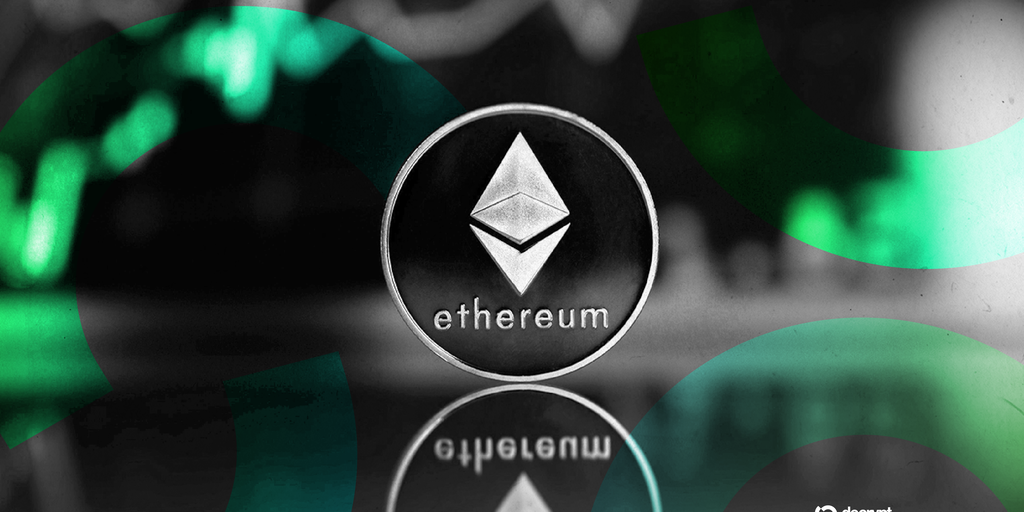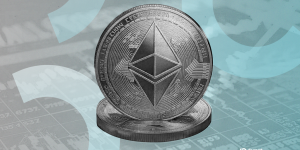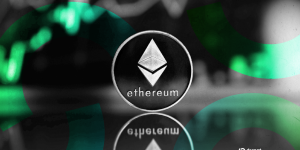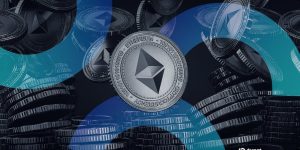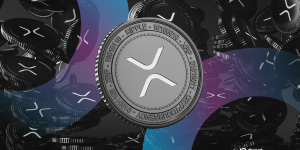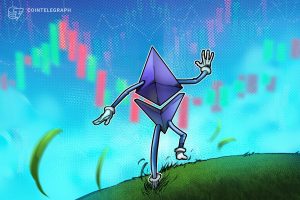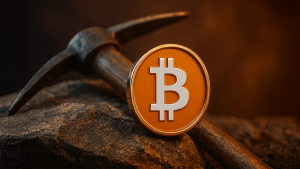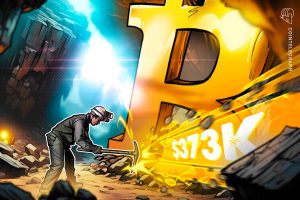In brief
Etherealize co-founder Vivek Raman often describes Ethereum as “digital oil.”
The analogy dovetails with Bitcoin’s portrayal as “digital gold,” but falls short in some ways.
Tokenization could drive Ethereum’s value as a global neutral asset, he argues.
For well over a century, oil has been viewed as a strategic commodity, playing an essential role in transportation and manufacturing, among other critical industries. For Ethereum’s proponents, drawing comparisons has been useful—but even then, the analogy is far from perfect.
When Vivek Raman introduced Etheralize in January, the former banker and business development firm’s co-founder formalized efforts to onboard Wall Street. Part of that initiative, he recently told Decrypt, has involved “evangelization and education and marketing.”
“I always call it digital oil,” Raman said. “We think that as the crypto ecosystem evolves, people not only will want to—but will have to—hold this asset in reserves.”
Bitcoin’s proponents often portray the asset as a form of digital gold because of pre-programmed scarcity, with a maximum supply of 21 million. ETH, whether it’s being consumed to send transactions or power smart contracts, fuels Ethereum’s network. The analogy, in that sense, is among the most palatable for today’s crypto newbies.
As Raman and 19 others at Etheralize encourage financial institutions to build products on Ethereum, the ways in which the “digital oil” analogy falls short could illustrate challenges Ethereum’s community will face in cementing the network’s dominance on Wall Street, in capturing the asset’s qualities in a snappy, memorable way.
“I think it is hard to come up with the right metaphor,” Grayscale Head of Research Zach Pandl told Decrypt. “It will be interesting to see whether investors begin to appreciate the scarcity of ETH, even if they’re not yet kind of using the chain from a transactional standpoint.”
One key difference: If demand for oil increases, then more is often pumped in response, and its supply is elastic. Ethereum, on the other hand, has a maximum issuance of 1.5% a year, meaning that its supply can only grow a certain amount over a period. On top of that, transaction fees on Ethereum are burned, which can offset that growth in supply.
“Rather than having some sort of fixed cap of total supply, there’s a fixed cap of issuance per year,” Etheralize co-founder Danny Ryan, a former Ethereum Foundation researcher, told Decrypt. “There’s very much predictability.”
Another major difference between Ethereum and oil is that the latter commodity does not offer yield. Staked Ethereum, which is devoted to the network for the ability to help process transactions, currently has an estimated yield of 3% annually, according to a dashboard published on the crypto analytics platform Dune.
Within the coming years, financial institutions are expected to grow more comfortable with the practice of tokenization, in which real-world assets, such as stocks and bonds, are represented on-chain. Regulatory shifts under U.S. President Donald Trump could be a key driver.
Some firms, such as crypto exchange Kraken, are tapping Ethereum competitors like Solana for such offerings. However, several funds have been tokenized on Ethereum by staid financial firms, including BlackRock and Franklin Templeton.
As more assets come on-chain, one aspect of Ethereum’s “digital oil” analogy could become more valid. Much like oil is a neutral asset connecting myriad industries to each other, Ethereum could be seen as a non-sovereign asset for the modern financial system, Raman argued.
“In this ecosystem where the world’s assets are all tokenized by different counterparties, […] the only neutral asset that’s global, that connects all of these, is ETH,” he said. “It becomes more and more important as a global trading pair, as a strategic asset to hold if you want to stay in neutrality between all of these different tokenized assets.”
Edited by James Rubin
Daily Debrief Newsletter
Start every day with the top news stories right now, plus original features, a podcast, videos and more.
